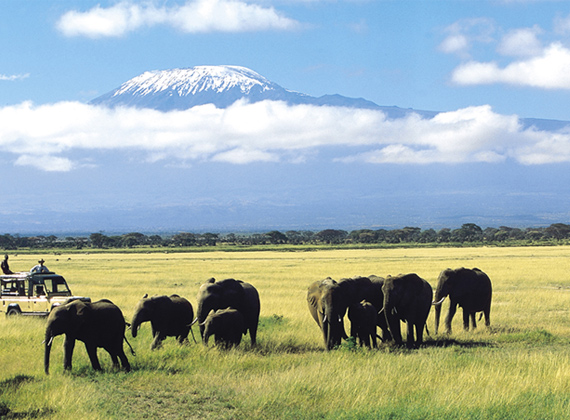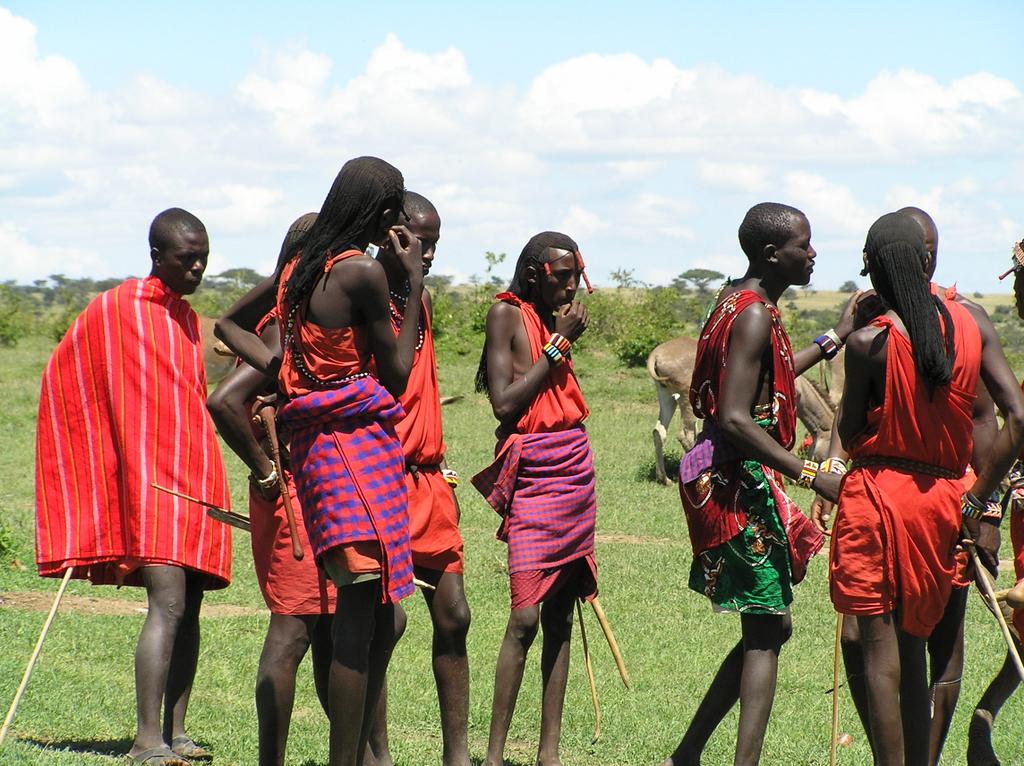
The Maasai, Maasai, or Masai Masai are an East African ethnic group native to the plains in southern Kenya and northern Tanzania. Despite their comparatively small proportion of the population are largely retained the Maasai for their semi-nomadic lifestyle, her striking attire and residential area near the national parks probably the best-known ethnic group in East Africa. Although they hold a hand to the old ways of life, they understand the other hand, to promote their culture. Has a literary monument to them David Read and others. set with his novel The Waters of Sanjan.
East African residents will be about half to one million Maasai actual number of them are not very ethnic groups in the census of the population in Kenya, Maasai, many races of them, not because they are afraid of. discrimination in Tanzania is not taken into account. The Maasai, who live in southern Kenya.
Society of the Maasai were divided into subgroups called 16 Iloshon these four sub-groups who live mainly in Tanzania, mainly in Kenya found mostly in the Serengeti in Tanzania and the Masai Mara. and Amboseli National Park in Kenya.
The language of the language family Nilo - Saharan's Maasai and Samburu in the language of the Nilotic group of languages, both groups consider themselves as Maa Maasai language, many people also speak English and Swahili. In Swahili, called the Masai Mmaasai or Wamaasai
Of cooperative Linguistic to a conclusion about the origin of the ancestor of the move. Pastoral Maasai people of Southern Sudan and the Nile Valley in Kenya and Tanzania.
The Masai are a warrior and cattle herders famous. Due to the increasing sprawl of the nomadic lifestyle of the Maasai of Kenya is increasingly hindered. Nature Reserves Masai Mara, Tsavo, Amboseli and Serengeti restrict this freedom of movement as well. Their culture revolves around the beef. A "good" Massai has no fewer than 50 cattle. The drinking of cow blood, sometimes mixed with milk, is part of life and to the ceremonies. Here the cattle of the head is held with an arrow and placed in the jugular vein to swell scored - but not severed. After collection of up to two liters, is connected to the beef and lives. After adding the milk, the vessel is shaken for a long time to prevent a "blood clot". It is fresh - and drunk is the main food of the Masai - but even after a maturity period of two days. It is called saroi.
The Maasai do not hunt like so well. They mainly feed on the flesh of their sheep and goats. Sometimes, though Massai warriors hunt lions and elephants, to show their own strength.
The cabin Masai is made of dried cow dung, forming a family of several huts enkang. They are often mistakenly referred to as manyatta, but says the huts of the warrior and not kraalartigen, honeycomb-shaped mud-dung houses without a grass roof. Around the huts, which sleep in even small animals, is considered a hedge of thorns. At night the cattle, sheep and goats in these protected areas.
There are many ceremonies. Very well known is the crux of the dancing men. The young Masai Morani jump, while on the spot as high as possible and prove so their strength. The killing of a lion was once a prerequisite to be able to have a wife. There are signs that this is in remote areas still celebrated today. Similarly, the young men often had to live for years in a specially built village of them. Instead, there is no more room.
Maasai boys after circumcision in a black robe
Maasai huts near Amboseli
In men, circumcision is practiced. The boys will be summarized every 7 to 15 years age class and then clipped together, which is celebrated with a big party. Thus, the age varies significantly in an age group. The mother shaved her son for the circumcision ritual, first bald skull. Tribal members depend on the young man the ceremonial olaibatak a black robe. For months after the ceremony, the circumcised boys black dress. Dance all night and sing the song Morani the circumcision in honor of new members. On the morning comes the pruning, the only boy pours milk over her head and then separated without anesthesia and with different tools and other hygienic measures, without the foreskin. This allowed the boys show no signs of pain - her father would not otherwise give them the promised cattle and would disgrace the family. The ash is then applied a disinfectant - but this in no way prevents many serious infections, but rather is still doing so. After the circumcision, women praise the new warrior with song and dance. A few days later, the boys can go again on bird hunting. As many stuffed birds mounted on a head ring and raise the profile among young women.
In women, genital cutting is practiced. The girls are crying but it may be curtailed by older women. At birth, Maasai women no cry, giving them in areas where it brings in other ethnic groups overlap in the delivery room of the hospital the secret accusation of being heartless. The Maasai women hold against the Kisii women for "washcloth".
Masai women in traditional jewelry
With about 35 years, the Morani change in a big ceremony on the age group of seniors. This council of elders governs all the affairs of the tribe, there is no single heads of the Maasai.
At the wedding, the groom is the bride's parents expected to pay a bride price. The amount is set here to 25 cattle The groom chooses the bride, both sets of parents a say in bringing about the wedding. A consent of the bride is not necessary.
It is the Masai allowed to practice polygamy. A man may therefore have as many women as it allows the number of his cattle. However, women are usually 1-2, up to five women are not uncommon, which can have up to 30 single men and women. The prestige of a man arises from the number of his cattle and women. Each woman lives with her children in a house. Each evening will decide the Maasai man, who wants to stay at his wives he. Visited a Masai another who belongs to the same age group, he may ask him to spend the night with one of his wives. This would be considered rude to refuse. The women here have no say. This sexual behavior and that also makes condoms are rejected, the Maasai very vulnerable to HIV infection.
















1 comments:
Travel is like love, mostly because it’s a heightened state of awareness, in which we are mindful, receptive, undimmed by familiarity and ready to be transformed. That is why the best trips, like the best love affairs, never really end. Flights to Lusaka
Post a Comment